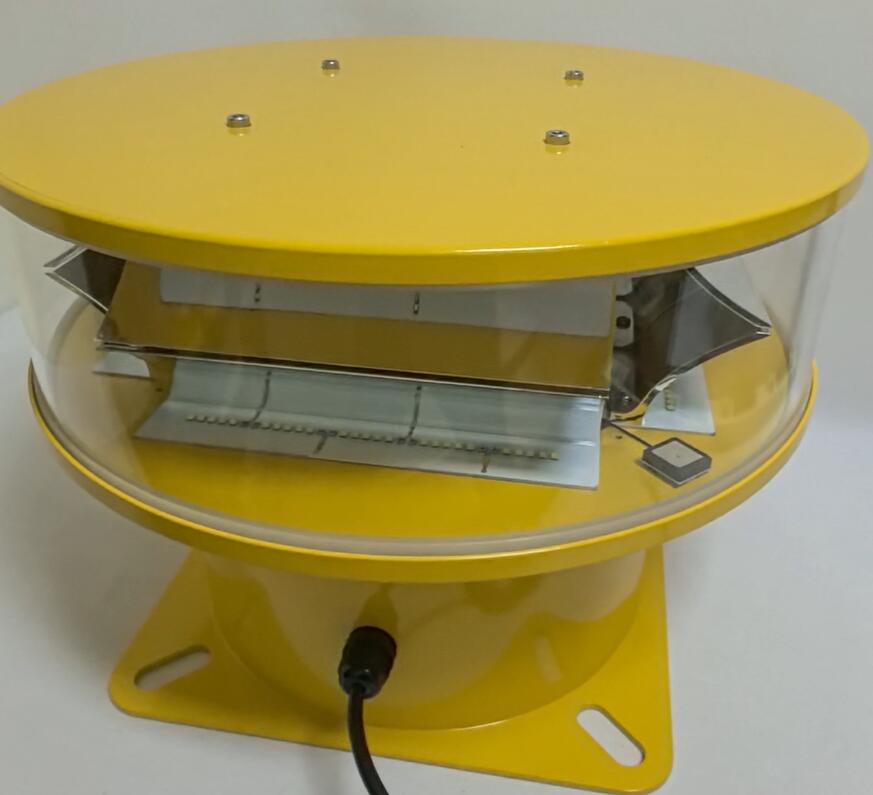Obstruction Warning Light: A Critical Safety Feature in Modern Infrastructure
The obstruction warning light is an essential safety component used in various industries, including aviation, construction, and transportation. Designed to alert individuals of potential hazards, these lights play a crucial role in preventing accidents and ensuring safe operations in low-visibility conditions. This article explores the significance, types, applications, and technological advancements of obstruction warning lights.
The Importance of Obstruction Warning Lights
Obstruction warning lights serve as visual indicators for structures that may pose risks to vehicles, aircraft, or pedestrians. Their primary purpose is to enhance visibility, especially during nighttime, fog, or adverse weather conditions.
Key benefits include:
Preventing Collisions: By marking tall structures like towers, cranes, and wind turbines, these lights reduce the risk of accidents.
Regulatory Compliance: Many industries mandate the use of obstruction warning lights to meet safety standards.
Enhanced Navigation: Pilots and drivers rely on these lights to identify obstacles from a distance.
Types of Obstruction Warning Lights
Different environments require specific types of obstruction warning lights. The most common variants include:
1. Aviation Obstruction Lights
Used on tall structures near airports or flight paths, these lights help pilots avoid collisions. They are categorized into:
Red Beacon Lights: Steady or flashing lights for nighttime use.
High-Intensity White Strobe Lights: Used during the day for maximum visibility.

2. Construction and Industrial Warning Lights
Temporary structures like cranes and scaffolding use high-visibility LED lights to alert workers and passersby.
3. Marine and Offshore Obstruction Lights
Oil rigs, lighthouses, and buoys utilize waterproof and corrosion-resistant warning lights to guide ships.
| obstruction warning light |
Technological Advancements
Modern obstruction warning lights incorporate innovative features to improve efficiency and reliability:
LED Technology: Energy-efficient and long-lasting compared to traditional incandescent bulbs.
| obstruction warning lights |
Solar-Powered Lights: Ideal for remote locations without direct power sources.
Smart Monitoring Systems: Sensors and IoT-enabled devices allow real-time status checks and automatic failure alerts.
Regulations and Standards
Organizations such as the FAA (Federal Aviation Administration) and ICAO (International Civil Aviation Organization) enforce strict guidelines for obstruction lighting. Compliance ensures uniformity and reliability across different regions.
The obstruction warning light is a vital safety tool that safeguards lives and infrastructure. As technology evolves, these systems become more efficient, durable, and adaptable to various environments. Whether in aviation, construction, or marine applications, their role in hazard prevention remains indispensable.
Investing in high-quality obstruction warning lights not only meets regulatory requirements but also contributes to a safer and more secure operational landscape.
